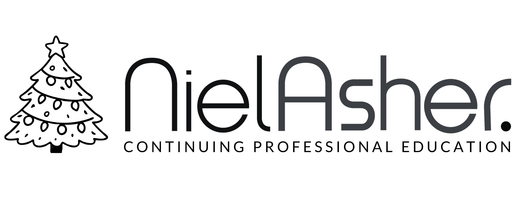New Hampshire State Massage CE Requirements
To Renew You Need:
12 CE Hours
Every 2 years
Specific Requirements?
Nothing specific is requested
NCBTMB Approved Provider #574
DISCLAIMER
All course details, approvals, and pricing are subject to change without notice. No refunds are issued.
Courses listed by Niel Asher Education are displayed whether or not they are accepted for a specific state, category, or licensing approval. Course approval for your state is not guaranteed—even if the provider is approved by the state, not all courses may be. (Provider numbers appear on certificates regardless of approval.) Niel Asher Education offers only online courses—no webinars, live events, mailed materials, or video formats are available.
Before placing an order, you are responsible for verifying all information, including:
-
Licensing/renewal requirements in your state
-
Which courses are accepted or not accepted
-
Required number of hours and specific categories
-
Renewal dates and any additional fees
Purchasing from Niel Asher Education does not replace your obligation to renew and pay fees for your massage license or certification.
The information provided is at the state level. Always check your local city and county regulations, as they may have their own continuing education, licensing, or renewal requirements. Laws and rules change frequently. If you notice any errors, please let us know so we can correct them.
You are responsible for submitting your completed credits to the appropriate licensing or certification board for every course they accept. While we make every effort to provide accurate and up-to-date information, it is ultimately your responsibility to confirm acceptance. Certificates are typically submitted during the renewal process or when audited. For duplicate certificates, contact support@nielasher.com or request them via your dashboard.
Massage Therapy Continiung Education
This page summarizes the massage therapy continuing education requirements for your state, including renewal deadlines, required CE hours, and whether online Massage Therapy CEUs are accepted. It also indicates when Niel Asher Education’s NCBTMB-approved courses may be used toward your state’s CE obligations, helping you choose compliant training with confidence. Because every state differs in how it classifies CE categories, use this page as a quick reference to understand what applies to your license before selecting courses. Always verify final requirements with your state board, but this guide provides a clear starting point for planning your massage therapy continuing education efficiently and accurately.
